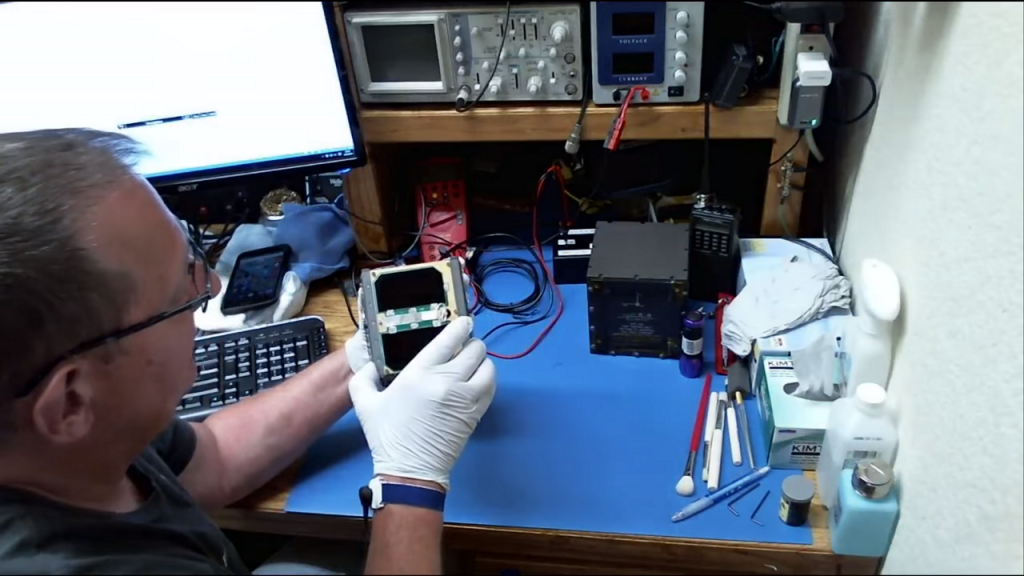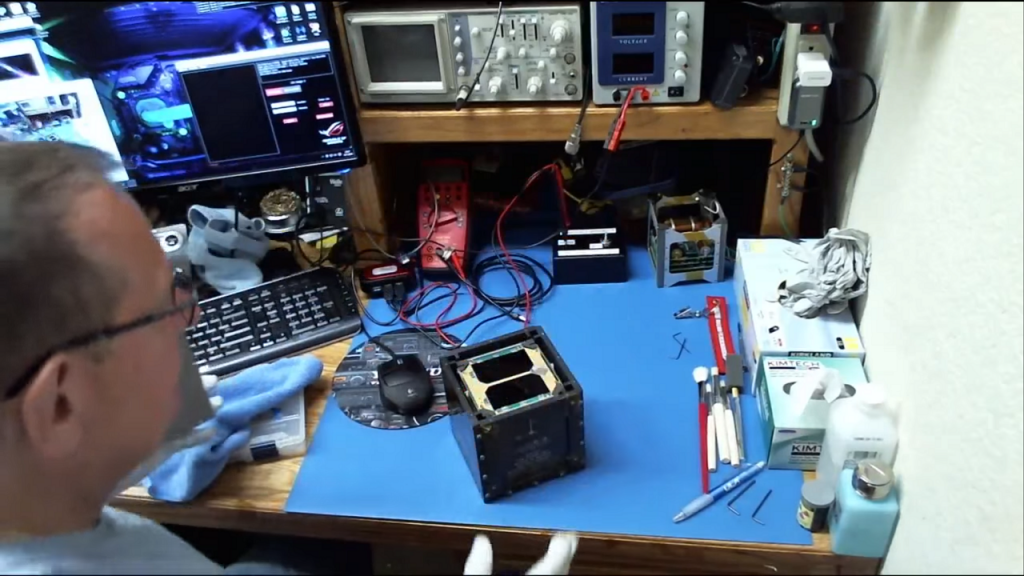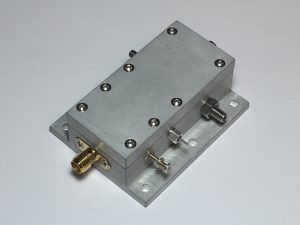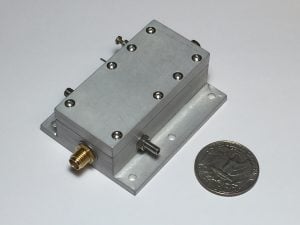In a late night session Tuesday, the Short Functional Test was performed on RadFxSat and showed that the CubeSat is functioning well after the shock testing.
The test was streamed live on YouTube and the archive is available for viewing, at http://www.YouTube.com/c/n0jy/live.

RadFxSat is the first of the four Fox-1 CubeSats built to date to be subjected to shock testing, which was necessary for qualification to fly on the Delta II ELaNa XIV Mission scheduled to launch March 16, 2017. Being the first shock test experience we were cautious about what the result may be. While Fox-1s have previously been subjected to and passed other tests such as vibration testing, each type of environmental test is significantly different.
The Short Functional Test, along with the previously reported Aliveness Test, is conducted before each environmental test is performed (shock, vibe, bakeout) and after the final environmental test is finished in order to determine that the Fox-1 CubeSat is functioning nominally prior to testing and is still functioning nominally after each test.
Short Functional Test (SFT) verifies the operation of the IHU, battery, transmitter, receiver, experiment, telemetry, and command systems through 51 steps of actions, measurements and observations.
With the successful completion of the SFT the Fox Team performed the Preflight Procedure. This procedure places the IHU in the launch state so that it is configured as it will be during launch, for the next environmental test.
It looks like Hurricane Matthew will cooperate with our plans to travel to Boston on Sunday, October 9, so the next stop is NTS in Boxborough, MA for the final environmental testing which includes vibration and bakeout. Live streaming of the environmental tests will not be possible due to ITAR and camera restrictions at the test facility, but streaming of the Short Functional and Aliveness tests and the preparation of RadFxSat for some of the testing may be available from the hotel room if the timing is such that they are performed outside the test facility.




